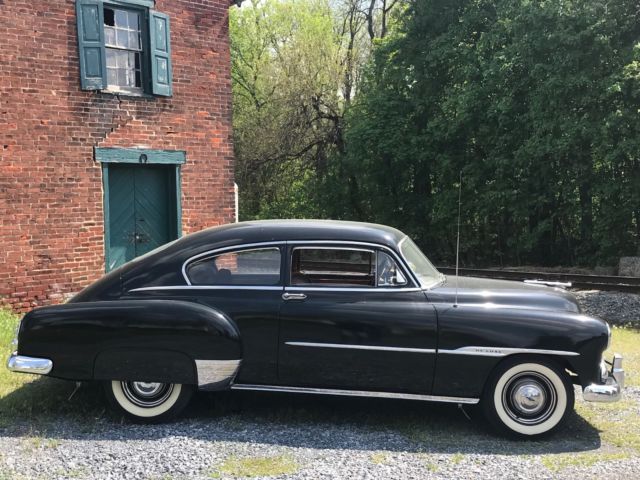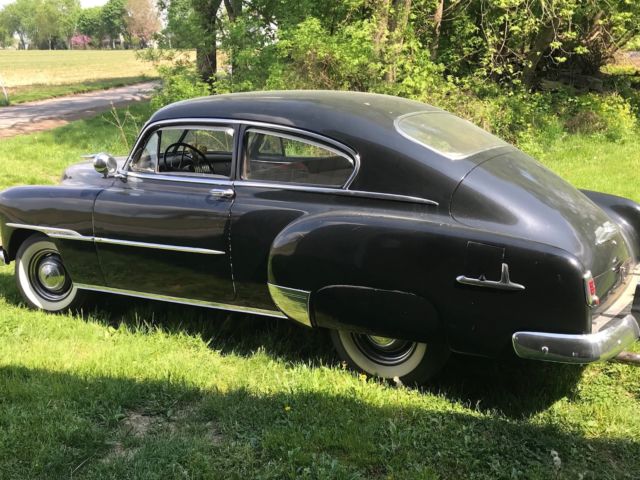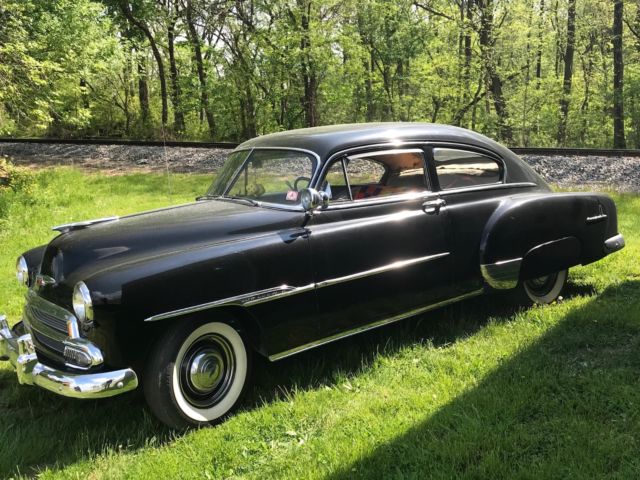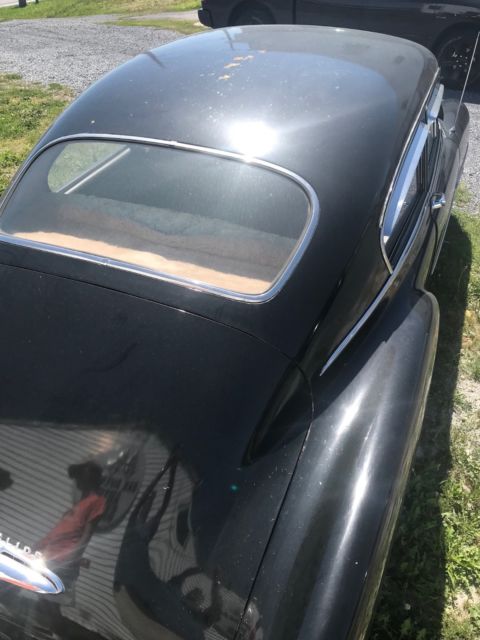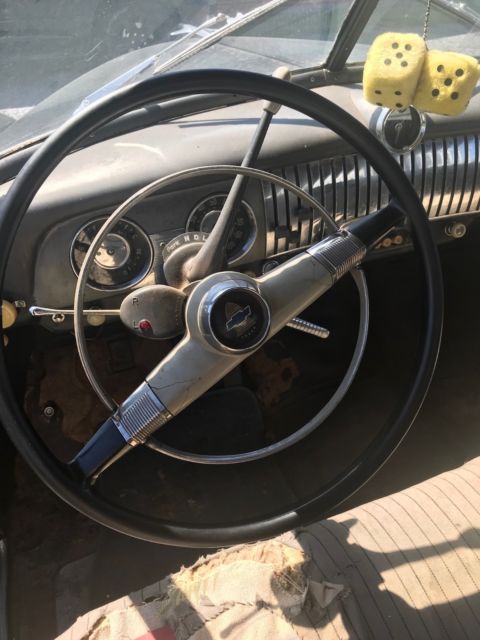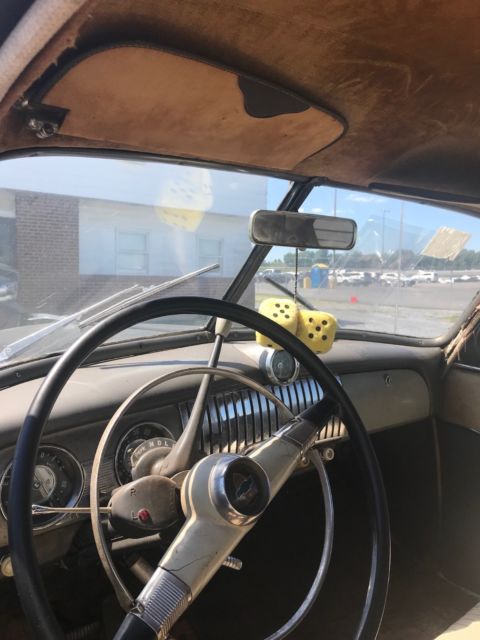1951 CHEVROLET CHEVY FLEETLINE AEROCOUPE POWERGLIDE
- Location: Lancaster, Pennsylvania, United States
- Make: Chevrolet
- Model: 1951 Chevrolet
- Type: Coupe
- Trim: Fleetline
- Year: 1951
- Mileage: 81,355
- VIN: 9JKB38359
- Color: Black
- Engine size: 6cyl
- Number of cylinders: 6
- Fuel: Gasoline
- Drive type: RWD
- Drive side: Left-hand drive
- Vehicle Title: Clear
1951 Chevrolet 1951 Chevrolet Fleetline Description
This info is off Wikipedia
The Chevrolet Fleetline is an automobile which was produced by US automaker Chevrolet from 1941 to 1952. From 1946 to 1948 it was a sub-series of the Chevrolet Fleetmaster rather than a series in its own right and from 1949 to 1951 it was a sub-series of both the Chevrolet Special and the Chevrolet Deluxe. In its final year it was offered only as a sub-series of the latter.
The Fleetline was introduced late in the 1941 model year as a four-door sedan. In 1942, a fastback two-door "Aerosedan" was also offered. In 1947, the Fleetline made up 71.26% of Chevrolet's sales. For the years' 1949 through 1952 models, the fastback was the only one offered, and Chevrolet dropped the Fleetline for 1953. Production was indefinitely delayed in 1942 due to World War II, after 110,000 had been made, though several thousand Chevrolet coupes and sedans were produced during the war years for military staff use. In 1945, production for civilians resumed. The original series was produced through 1948.
A redesigned Fleetline with reduced body contour and integrated rear fenders was offered for the 1949 through 1952 model years. It was referred to as a "fastback" because of its distinct sloping roof which extends through to the trunk lid. The Fleetline during the 1949 to 1950 years also has a lower look than a sedan, with the windshield being one inch shorter in height than a standard contemporary sedan. The 1949 to 1951 models were made in both four-door and two-door models, with only the lower portion of the doors being interchangeable with a sedan door. The Fleetline series is currently highly collectable. Many are made into street rods, with the common Chevrolet 350 small block V8 and the 350 or 400 turbo transmission being used.
The exterior sported smooth curves, chrome and stainless trim. In the earlier models the rear bumper had an optional center bumper guard that had to be ratcheted out of the way so the trunk cover could be lifted. Front and rear bumpers had optional chrome "tips", a dress-up item that bolted to the ends of the stock bumper. Not a Chevrolet option but a popular aftermarket feature was a large external sunshade that protected the driver from glare off of the metal dash board. The 1949 to 1952 models were completely different than the earlier years with the fleetline "fastback" shape being quite distinct than a normal sedan shape.
The interior had cloth bench seats and a metal dash sometimes with a simulated burle woodgrain. The radio was a simple mono vacuum tube type radio with integrated speaker. An ash tray was located in the right side of the dash, close to the clock. Depending upon the year there were both choke and throttle cables on the dash. On the right side was the choke lever. In the earlier years the clock was integrated into the glove compartment door and was of a manual-wind seven-day type. In the 1949 and 1950 models the clock was next to the glove box and with the redesigned dash board, the clock was on the top of the dash, in a center pod. Also, this revised dash had two round pods for the speedometer and the other gauges while the 1949 and 1950 models had one large round pod directly in front of the steering wheel on the dash.
In the 1941 and 1942 model years, the 216 Inline 6 "Blue Flame" engine was the only one offered. It produced 90 horsepower at 3,300 rpm and in 1950 higher compression bumped it up to 92 horsepower. Also in 1950, a 235.5CID one-bbl.carb six-cylinder engine with 105 hp (78 kW) was added. A Fleetline of this vintage could easily exceed 80 miles per hour without overdrive. In very early models, the transmission was a manual synchromesh three-speed, with vacuum-assisted shift, in which the "three-on-the-tree" shifter was able to be moved between gears by the slightest pressure on the lever. Third gear was direct; meaning the input and output are equal speeds. From 1950 through the 1952 final year of its production, an automatic transmission was offered, which was quite sluggish. Overdrive was a rare option. Connection to the third member rear-end was via an enclosed "torque tube" driveshaft. The brakes were hydraulic with all-wheel drums. In 1951, the brakes got larger. The master cylinder was located below the floor connected on the frame rail, beneath the driver. Shock absorbers were of the lever type for the early years only. The windshield for all years was of a split, flat-glass type.
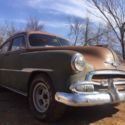 1951 chevrolet powerglide fleetline solid barn stored rod or restore original
1951 chevrolet powerglide fleetline solid barn stored rod or restore original
Mileage: 80,000
 1951 Chevrolet Chevy Fleetline
1951 Chevrolet Chevy Fleetline
Mileage: 14,000
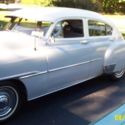 1951 CHEVY/CHEVROLET FLEETLINE DELUXE 4-DR.
1951 CHEVY/CHEVROLET FLEETLINE DELUXE 4-DR.
Mileage: 39,000
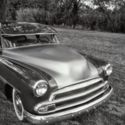 1951 Chevrolet Chevy Fleetline 2 two Door coupe Fastback Deluxe
1951 Chevrolet Chevy Fleetline 2 two Door coupe Fastback Deluxe
Mileage: 20,000
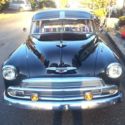 1951 chevy 2 Dr. fleetline
1951 chevy 2 Dr. fleetline
Mileage: 100,000
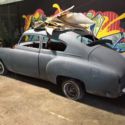 1951 chevy fleetline
1951 chevy fleetline
Mileage: 111
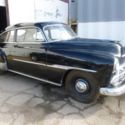 1951 Chevy Fleetline Deluxe 2 Dr
1951 Chevy Fleetline Deluxe 2 Dr
Mileage: 41,274
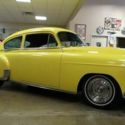 1951 Chevy Fleetline Custom Hot Rod 355ci
1951 Chevy Fleetline Custom Hot Rod 355ci
Mileage: 40216
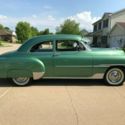 1951 Chevy Deluxe Styleline Powerglide
1951 Chevy Deluxe Styleline Powerglide
Mileage: 34825
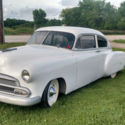 1951 chevy fleetline 2 door, old scool hot rod, custom
1951 chevy fleetline 2 door, old scool hot rod, custom
Mileage: 1,000,000



